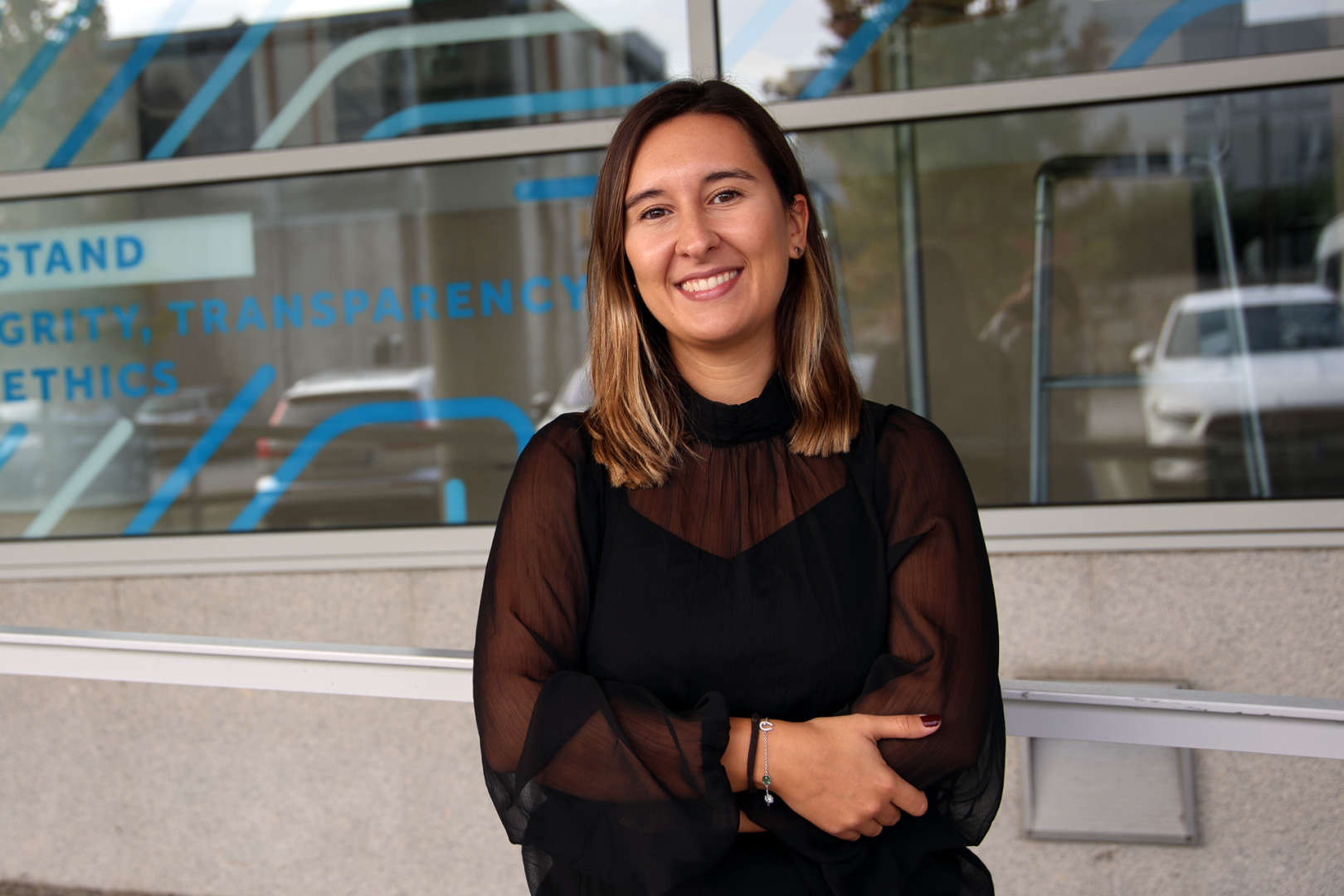Sobre
Mariana Magalhães terminou em julho de 2024 o Programa Doutoral em Media Digitais, com uma investigação ligada à Realidade Virtual (RV) multissensorial e às dinâmicas da imagem mental e das respostas emocionais dos utilizadores em RV. O seu percurso académico inclui uma licenciatura em Linguística pela FLUP e um mestrado em Multimédia pela FEUP, que em conjunto proporcionaram uma base rica e variada para a sua investigação. Atualmente é investigadora assistente no INESC TEC, especificamente no departamento HumanISE, com foco nas áreas de Human-Computer Interaction (HCI) e computação gráfica.


